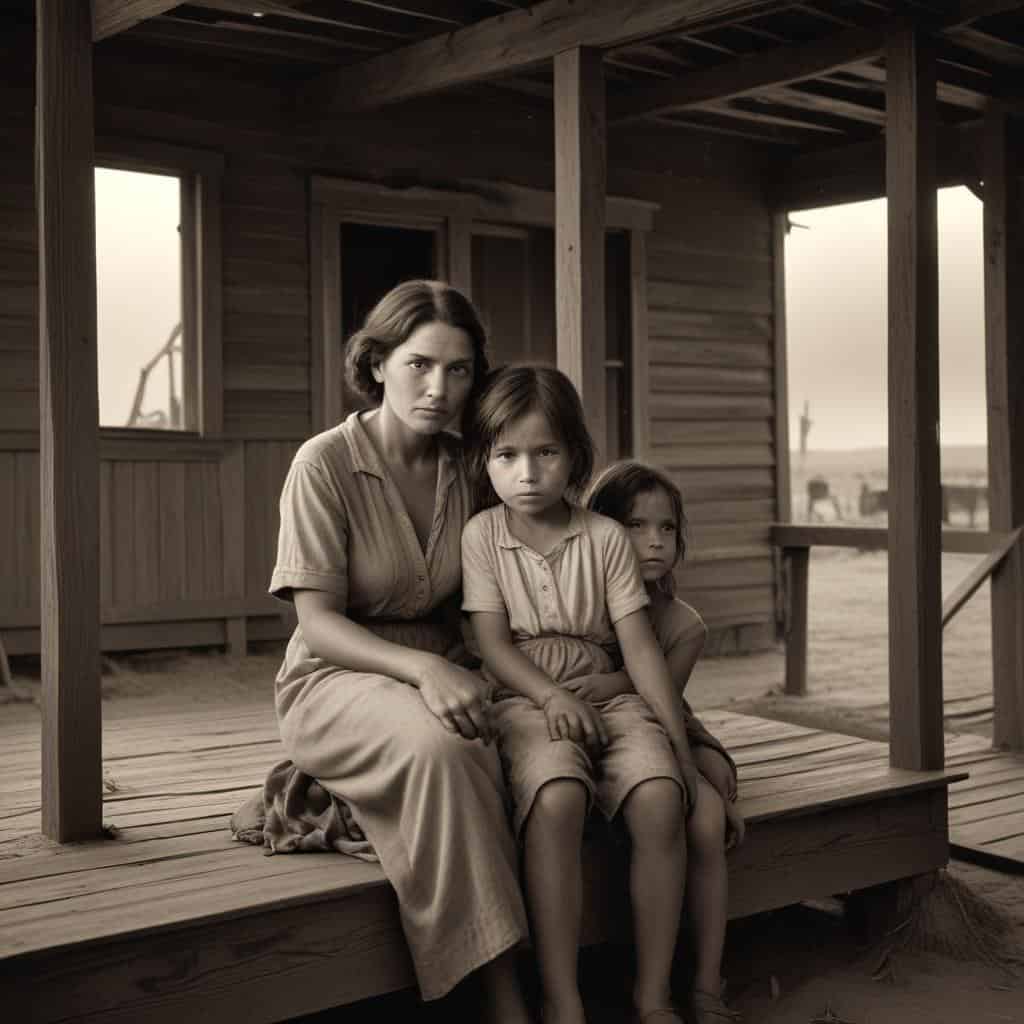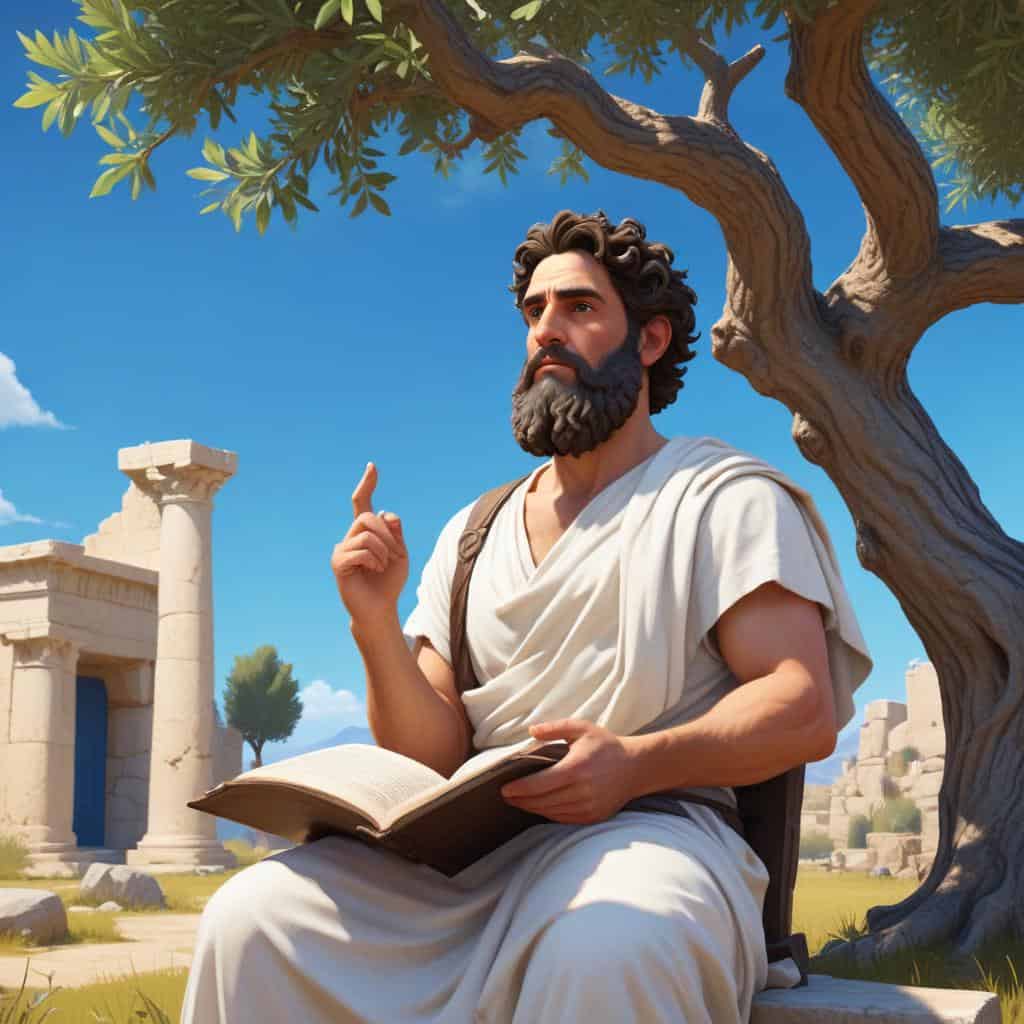The Great Depression was a severe worldwide economic depression in the 1930s. It started in the United States after a stock market crash in 1929. Millions of people lost their jobs, businesses failed, and banks closed. The depression lasted for about a decade and had a lasting impact on the global economy.
Summary List
- The Great Depression was a severe worldwide economic depression that took place mostly during the 1930s.
- It was the longest, deepest, and most widespread depression of the 20th century.
- It started in the United States after the stock market crash of October 1929, which sent Wall Street into a panic and wiped out millions of investors.
- The Great Depression had devastating effects on countries worldwide, leading to high unemployment rates, poverty, and widespread hardship.
- It eventually ended with the onset of World War II, as the war created new job opportunities and stimulated the economy.
Games and Apps
Learning Modules
Stock Market Crash of 1929
The Stock Market Crash of 1929, also known as Black Tuesday, was a devastating event that marked the beginning of the Great Depression. The collapse of stock prices led to widespread panic and economic turmoil, leaving millions of Americans unemployed and struggling to survive in the aftermath.
I Want To Learn This!Bank Failures and Runs
In times of economic uncertainty, bank failures and runs can shake the foundation of a nation's financial system. Panic ensues as depositors rush to withdraw their funds, potentially causing a domino effect of collapsing banks. Learn how these events can trigger widespread financial crises in our comprehensive guide.
I Want To Learn This!Dust Bowl
In the midst of the Great Depression, the Dust Bowl ravages the American Midwest, leaving crops ruined and families destitute. Follow the journey of one family as they struggle to survive against the harsh conditions and societal challenges of the era.
I Want To Learn This!Hoovervilles
During the Great Depression, Hoovervilles sprung up across the country as makeshift communities of homeless individuals seeking shelter and community. These shantytowns, named after President Herbert Hoover, were a stark reminder of the economic hardships faced by many during this era.
I Want To Learn This!Smoot-Hawley Tariff Act
The Smoot-Hawley Tariff Act, passed in 1930, raised import duties to record levels, sparking a global trade war and worsening the Great Depression. Its unintended consequences led to reduced international trade, economic hardships, and criticism from economists for its protectionist policies.
I Want To Learn This!Bonus Army March
In 1932, the Bonus Army, a group of World War I veterans seeking early payment of their bonuses, marched on Washington, D.C. Their peaceful protest turned violent when the government refused their demands, leading to a clash with law enforcement and the military. The event remains a poignant moment in American history.
I Want To Learn This!New Deal Programs
New Deal Programs were a series of government initiatives implemented by President Franklin D. Roosevelt during the Great Depression in the 1930s. They aimed to provide relief, recovery, and reform to the struggling economy, creating jobs, improving infrastructure, and establishing social welfare programs that shaped the modern American government.
I Want To Learn This!Social Security Act
The Social Security Act, passed in 1935, was a groundbreaking piece of legislation that provided financial assistance to the elderly, disabled, and unemployed. This landmark law paved the way for a social safety net in the United States, ensuring that all citizens have access to basic financial support in times of need.
I Want To Learn This!Farm Security Administration
The Farm Security Administration was a government agency in the United States created during the Great Depression to provide relief to struggling farmers. Through photography projects, it documented the harsh realities of rural life and helped raise awareness about the need for social reform.
I Want To Learn This!Dust Bowl Migration
Dust Bowl Migration follows the harrowing journey of families escaping the devastating dust storms of the 1930s Midwest. As they seek refuge in California, they face new challenges and discrimination. This poignant tale explores the resilience and determination of those seeking a better life amidst hardship.
I Want To Learn This!












